More than a hundred stalls shelter under the hideous metal roof of le Marché des Capucins (the Capuchin Market) and spill out onto the sidewalks on two sides. This open-air market in Bordeaux first opened in 1749 in le Place des Capucins (named after the Capuchin order of monks). The market continues today near Place de la Victoire in a neighborhood of restaurants and ethnic stores.
The vendors encompass all you would find at an American farmer's market—and more: Butchers, bakers, caterers, florists, cheese merchants, fruit and vegetable sellers, wine merchants, olive sellers, oyster sellers, fishmongers, tripe sellers, and poultry dealers. Also, some stalls house tiny restaurants and sellers of cheap imported goods.
—Shauna
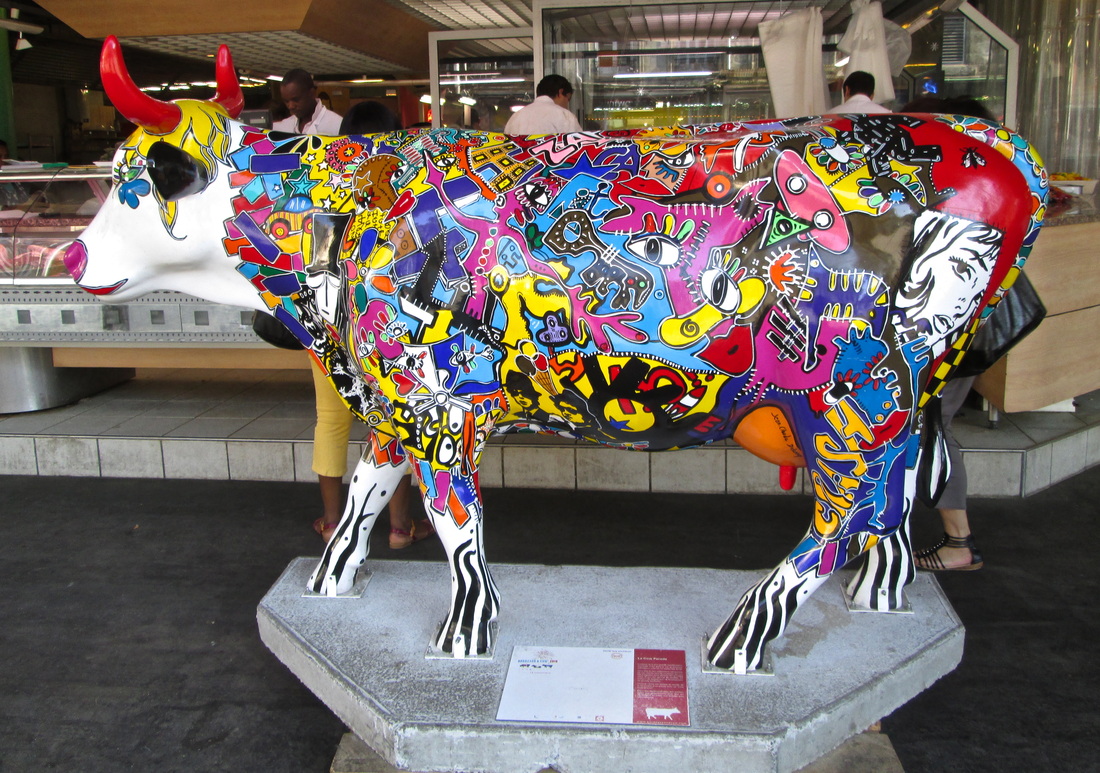
Painted fiberglass cow (in front of a butcher's stall) welcomes you to the market.
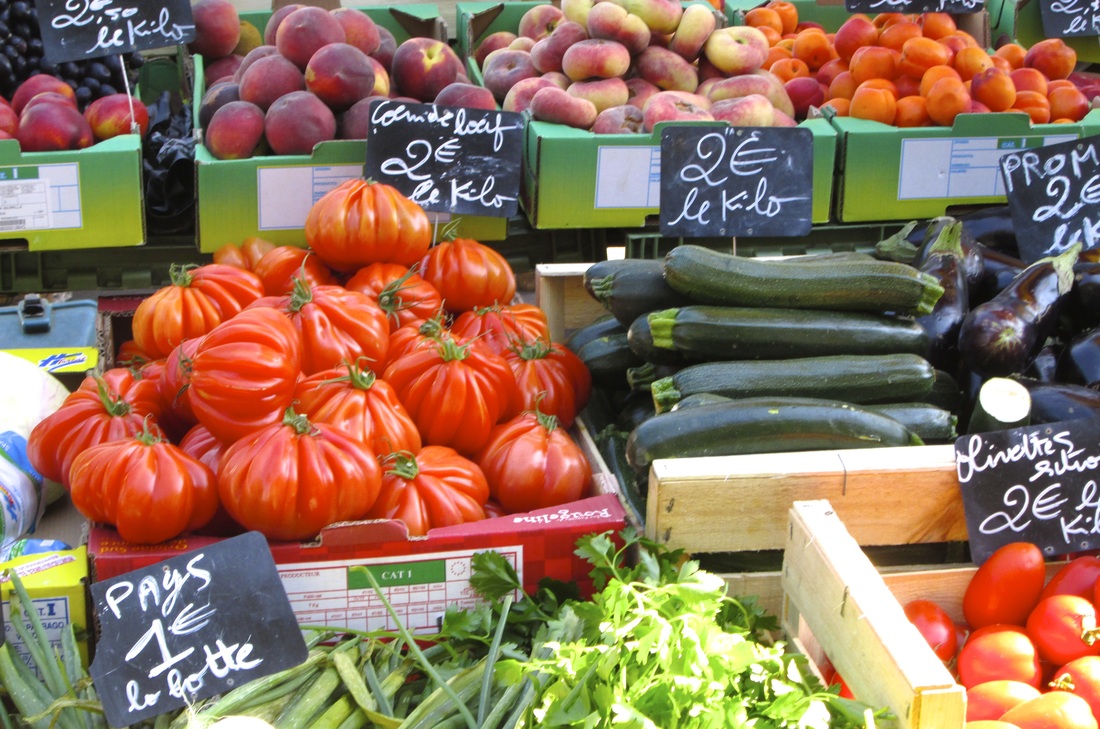
One of many colorful vegetable and fruit stands. Note the corrugated tomatoes. They have few seeds, so they may be a sauce tomato.
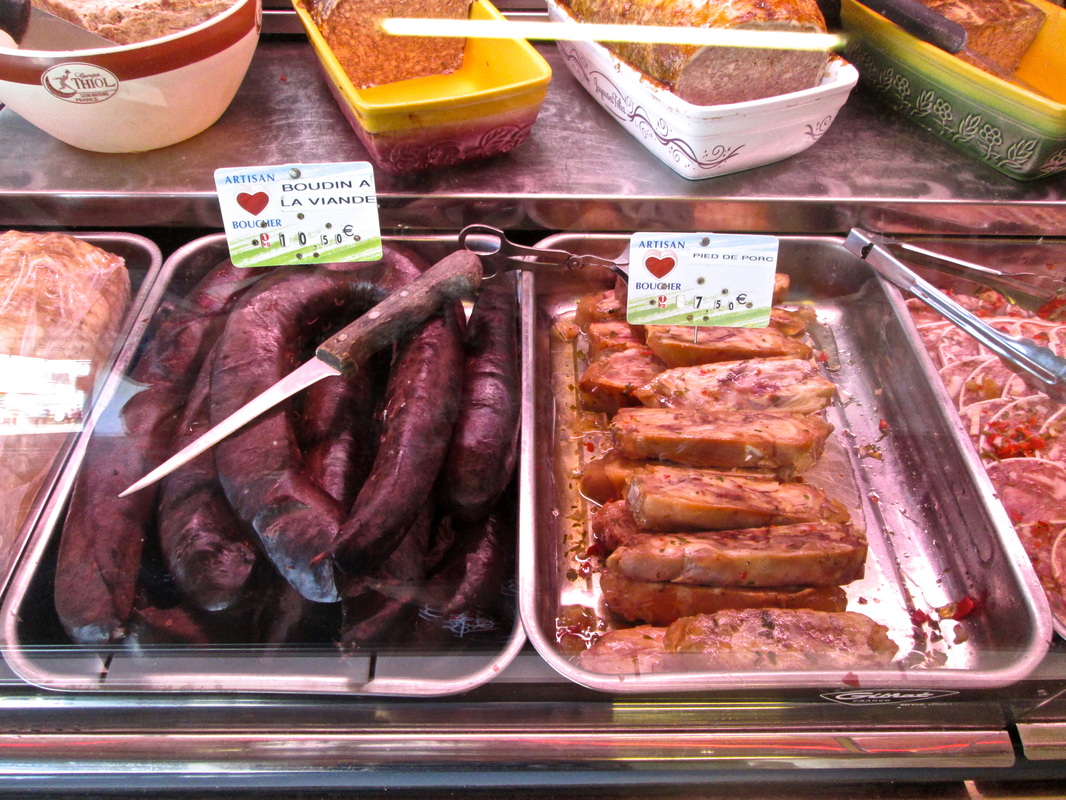
Sausages, cuts of pork, and patés. The foods of Bordeaux and the rest of Aquitaine are rich and heavy.
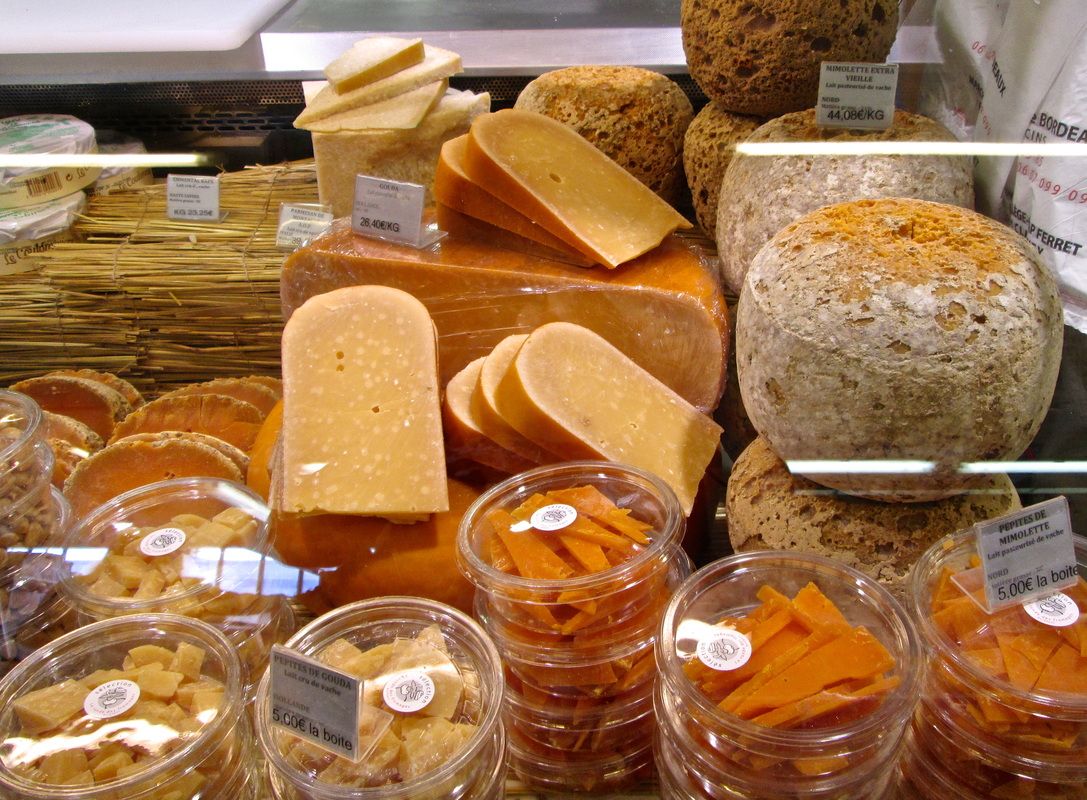
Cheeses. Almost all the cheeses at the market are locally made, and the signs tell you where, as well as what kind of cheese they are, what animal (cow, goat, or sheep) the milk came from, whether the milk was organic, and whether the milk had been pasteurized or not.
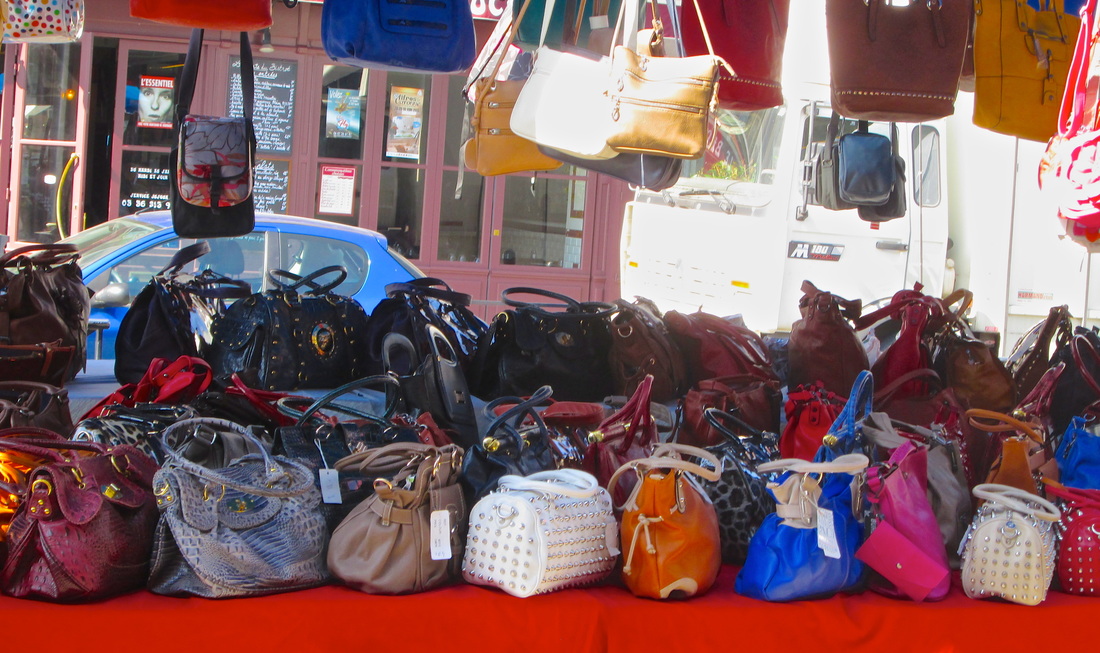
Purses, purses, and purses. And not the prices I expected: All of the purses visible here were at least 35 euros. They were cheap only in quality.
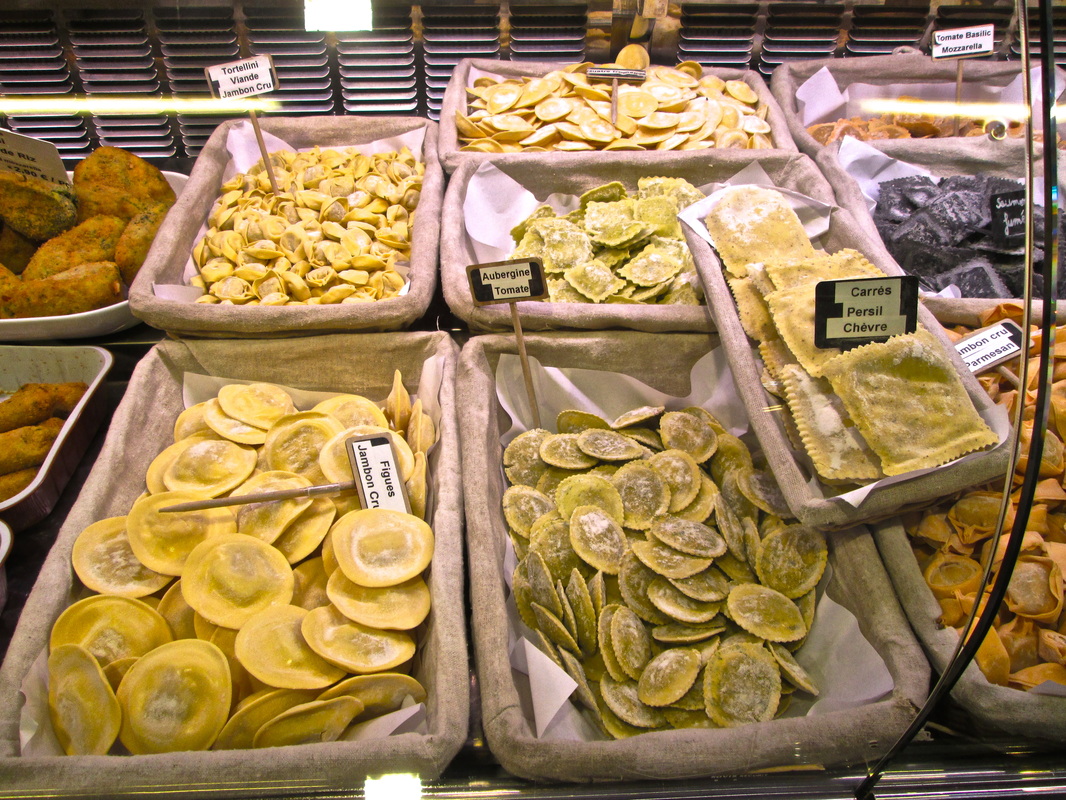
Italian foods, included several kinds of stuffed pasta.
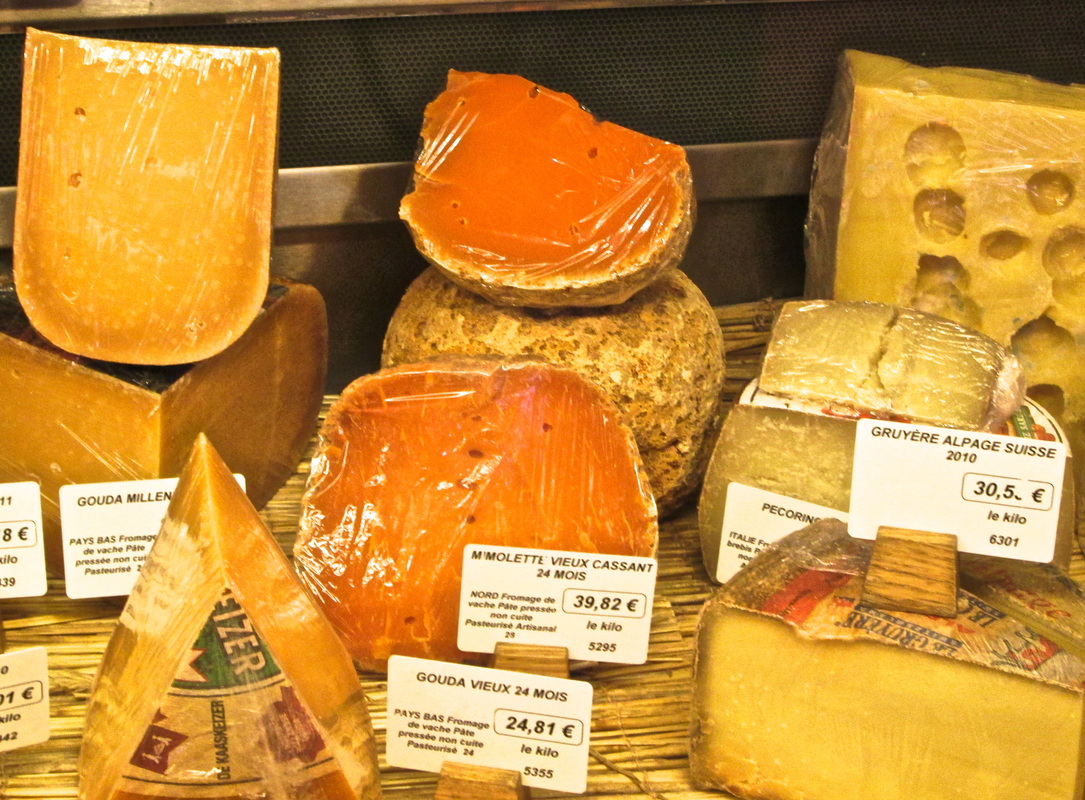
More kinds of cheeses.
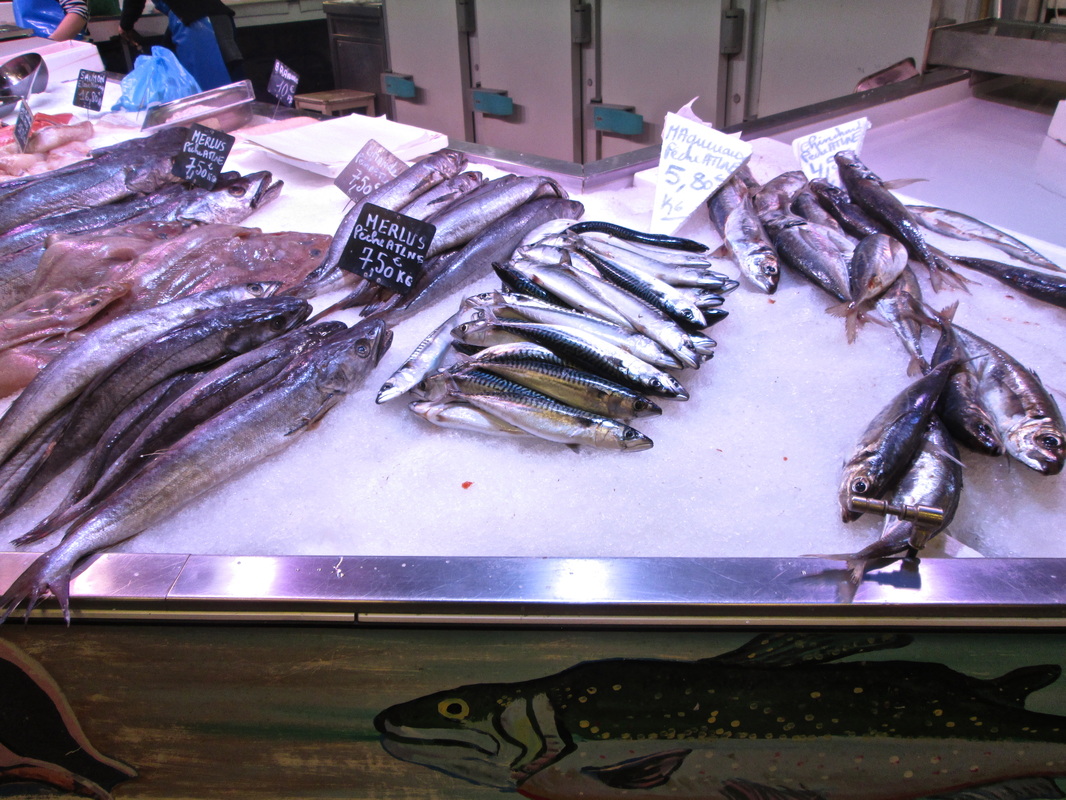
Fresh hake of various sizes. (Hake is a relative of cod.)
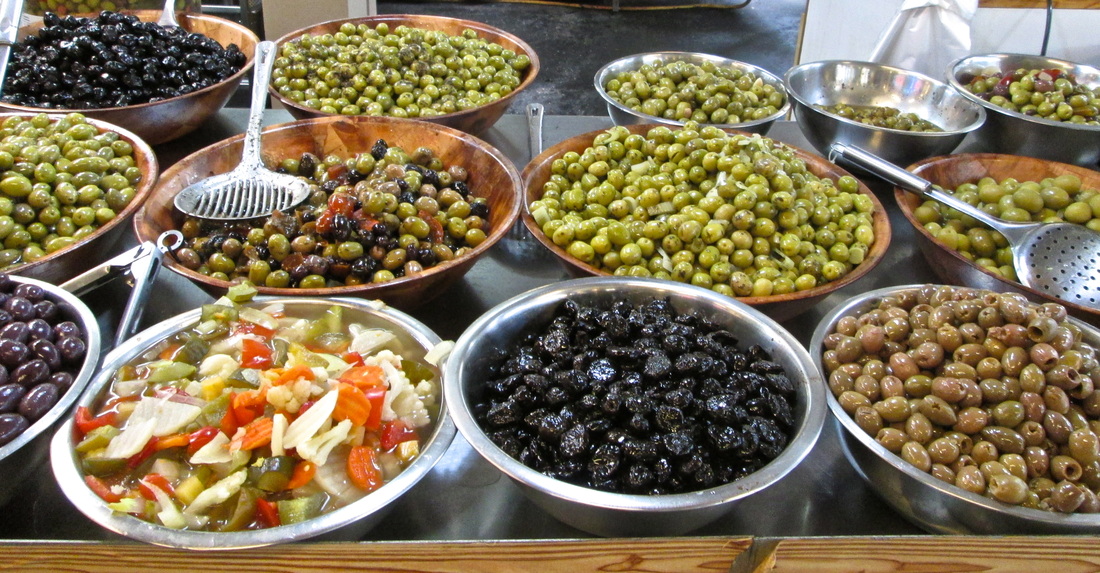
Olives and olive salads.
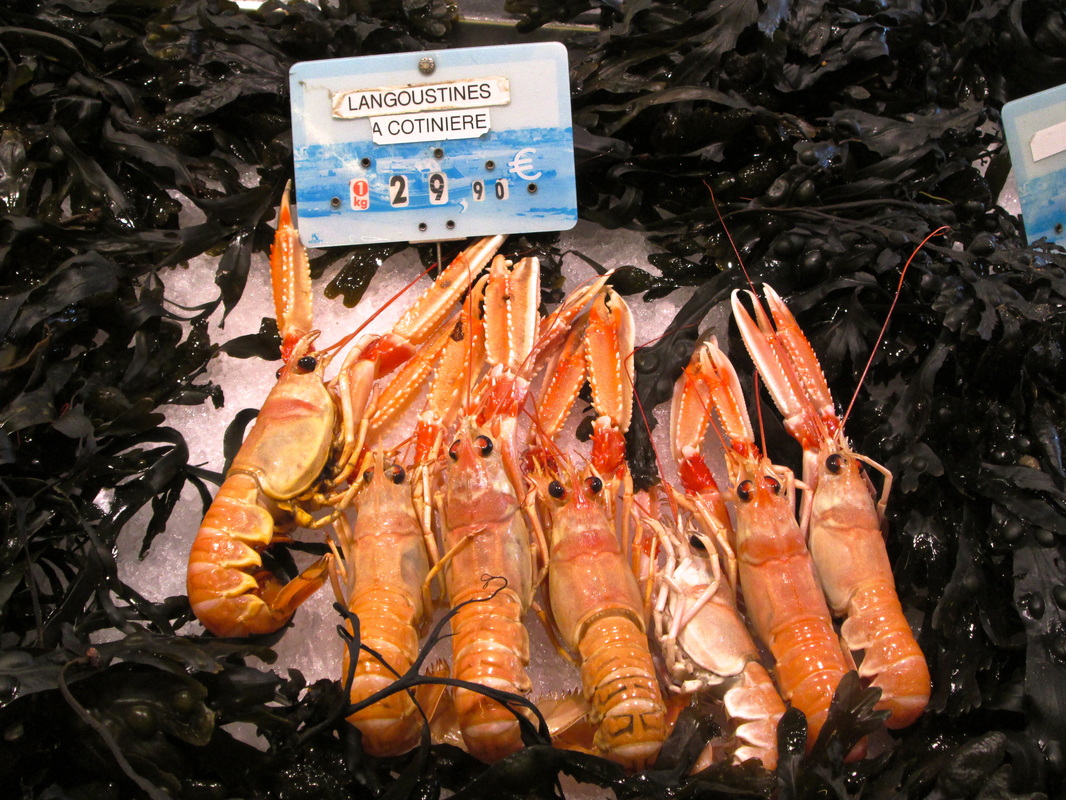
Small lobsters. Note that they are cheaper per kilogram than some of the cheeses shown earlier.
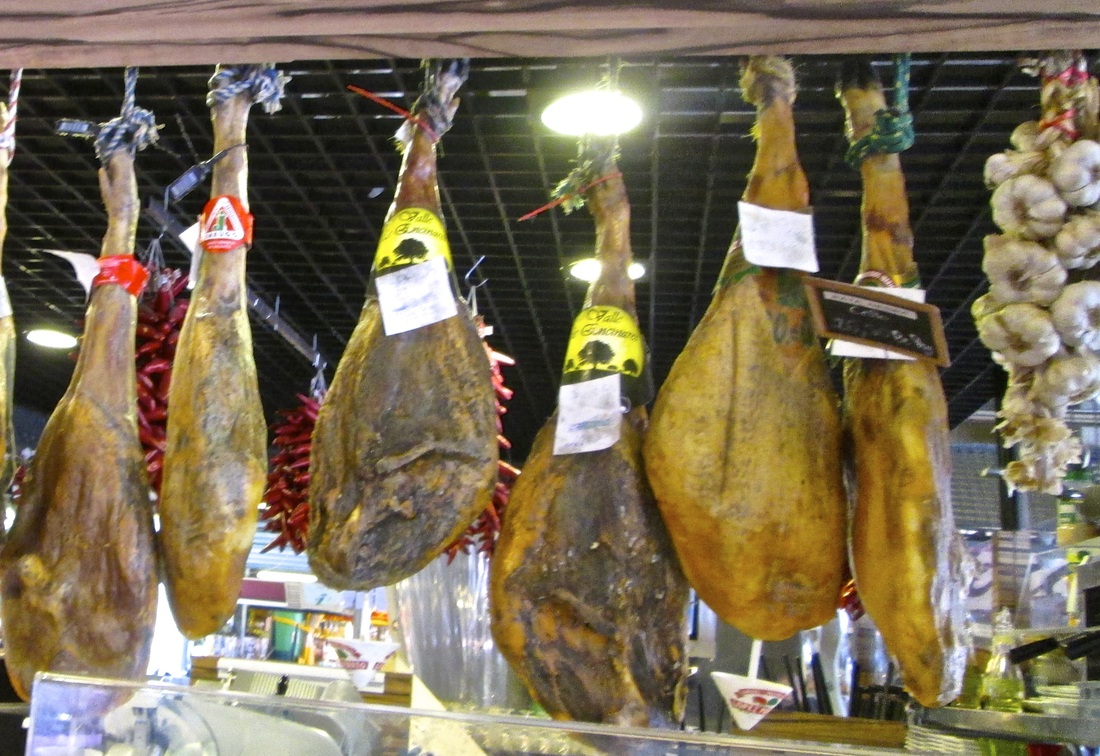
Animal legs? I did not approach closely enough to read the tags.











 RSS Feed
RSS Feed